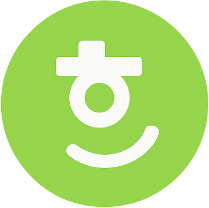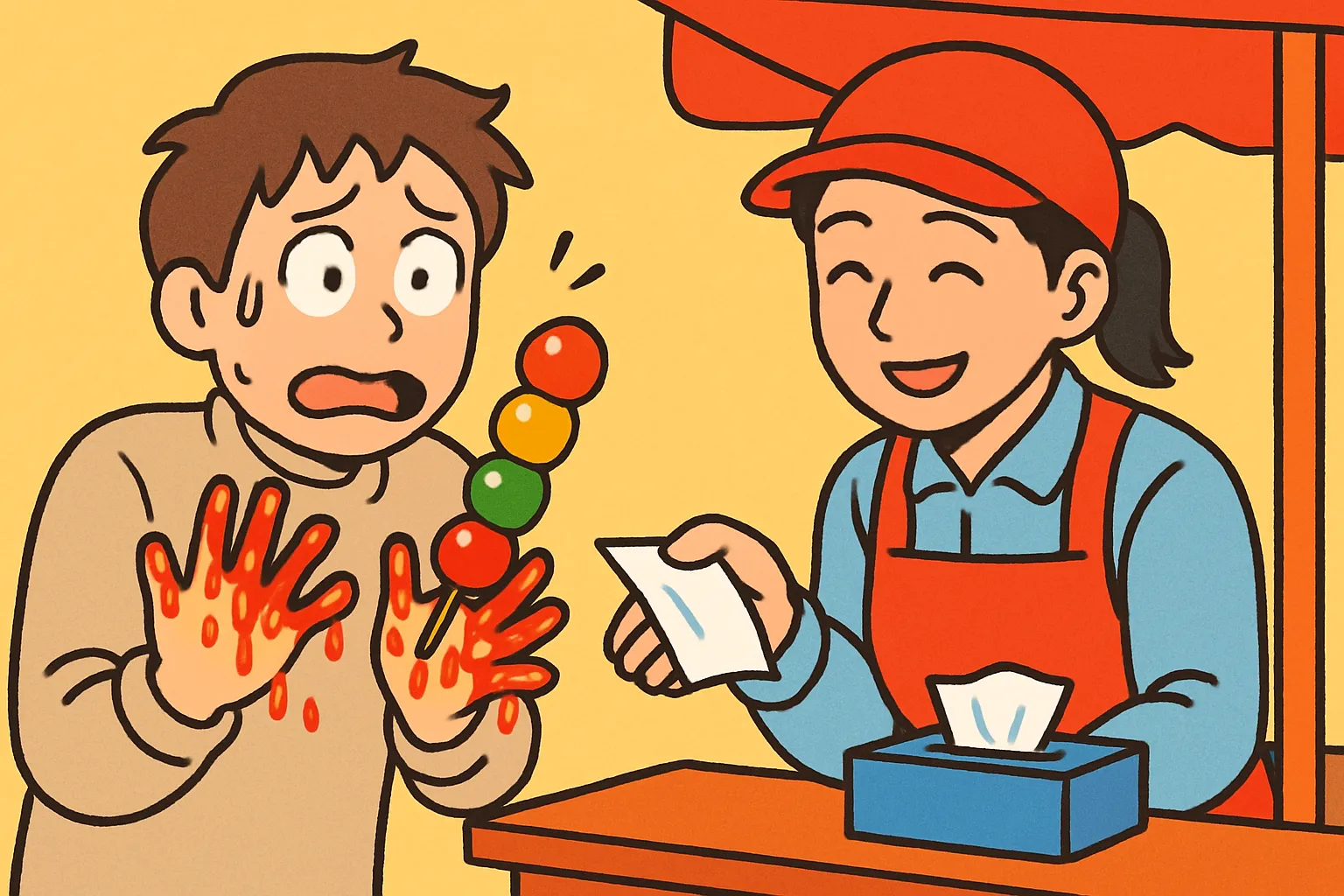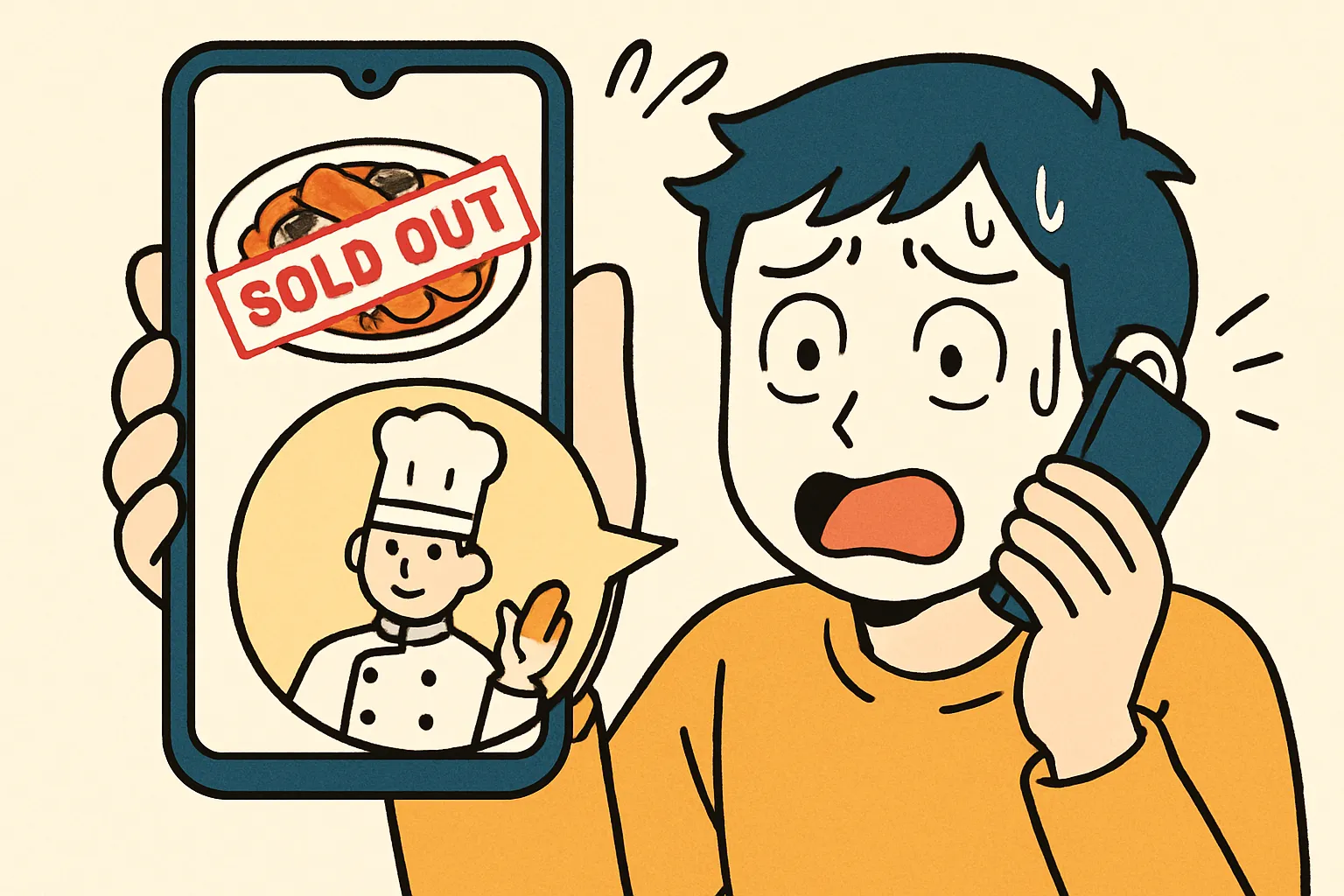Shop Like a K-Drama Star: Find Your Cart!
Hello! It’s your favorite Korean teacher from [Maeil Hangeul] here to upgrade your Korean skills!
Are you ready to dive into the exciting world of Korean grocery shopping? Today, we’re starting with the very first step: finding a shopping cart or a basket. This might seem simple, but knowing the right words will make you feel confident and ready to shop like a local!
Lately in Korea, there’s a huge “jip-bap” (집밥) or home-cooked meal trend, thanks to all the delicious-looking food in K-dramas! Everyone wants to cook the ramyeon or kimchi-jjigae they see their favorite characters eating. So, let’s get you ready for that essential grocery run!
Core Expressions You Need to Know
Here are three super simple but essential words for your shopping adventure.
- 한국어 표현: 카트 (Ka-teu)
- 발음 [로마자]: Ka-teu
- 영어 뜻: Shopping Cart / Trolley
- 상세 설명: This is a perfect example of “Konglish” (Korean-style English). It comes directly from the word “cart,” so it’s super easy to remember! You use a 카트 when you’re planning to buy a lot of groceries.
- 한국어 표현: 바구니 (Ba-gu-ni)
- 발음 [로마자]: Ba-gu-ni
- 영어 뜻: Basket
- 상세 설명: This is the native Korean word for “basket.” If you’re just popping in to grab a few items like a drink and some snacks, you’ll want to grab a 바구니.
- 한국어 표현: 어디에 있어요? (Eodi-e isseo-yo?)
- 발음 [로마자]: Eo-di-e i-sseo-yo?
- 영어 뜻: Where is it? / Where are they?
- 상세 설명: This is your magic key phrase! You can attach any noun to the beginning of this question to ask where something is. It’s polite and incredibly useful in almost any situation in Korea.
Example Dialogue in a Supermarket
Let’s see how these phrases work in a real conversation. Imagine you (Alex) just walked into a big supermarket to buy ingredients for the kimchi-jjigae you saw in “Queen of Tears.”
- A (You): 실례합니다. (Sillyehamnida.)
- Excuse me.
- B (Store Staff): 네, 도와드릴까요? (Ne, dowa-deurilkkayo?)
- Yes, how may I help you?
- A (You): 카트 어디에 있어요? (Ka-teu eodi-e isseo-yo?)
- Where are the shopping carts?
- B (Store Staff): 아, 저기 입구에 있어요. (A, jeogi ipgu-e isseo-yo.)
- Ah, they are over there at the entrance.
- A (You): 감사합니다! (Gamsahamnida!)
- Thank you!
See? So simple and smooth!
Culture Tip & Trend Deep Dive
Pro Tip: Don’t Forget Your 100 Won Coin!
Here’s a cultural tip that will make you look like a seasoned pro. In most large Korean marts like E-mart or Lotte Mart, you need to insert a 100-won coin (백 원, baeg-won) to unlock a 카트 (cart).
Why? It’s a clever system to encourage shoppers to return their carts to the proper place. Don’t worry, you get your coin back when you return the cart and plug the chain back in! It’s a small thing, but knowing this will save you from a moment of confusion. So, always try to have a 100-won coin handy when you go grocery shopping!
The “jip-bap” (home-cooking) trend isn’t just in dramas. You’ll see K-pop idols on shows and livestreams going grocery shopping and showing off their cooking skills. This has made grocery shopping a fun and trendy activity. Now you’re ready to join in!
Let’s Review and Practice!
Amazing job today! You’ve learned how to find your shopping 카트 (cart) or 바구니 (basket) by politely asking 어디에 있어요? (Where is it?).
Now, let’s test your knowledge!
- Fill-in-the-blank: You are planning a big weekly shopping trip to buy lots of food. You should look for a _______.
- Make a sentence: How would you politely ask a store employee, “Where is the basket?”
You’re all set for your first Korean grocery shopping trip!
Leave your answers to the practice questions in the comments below! I’d love to see you try out these new phrases. Happy shopping






